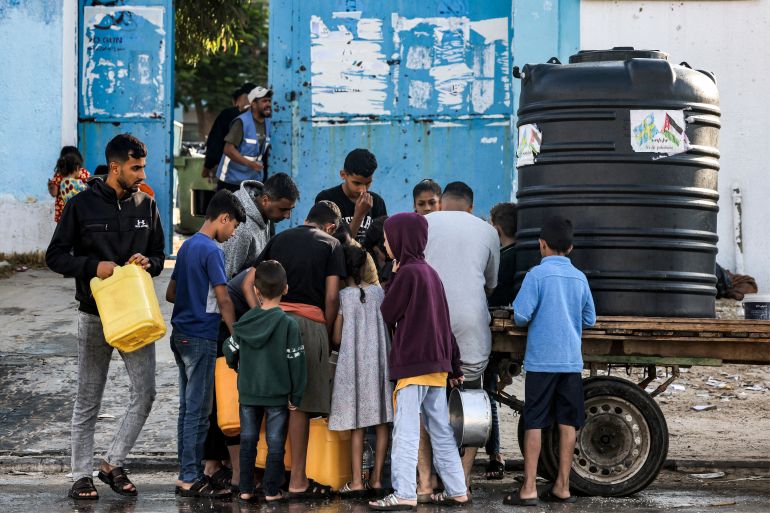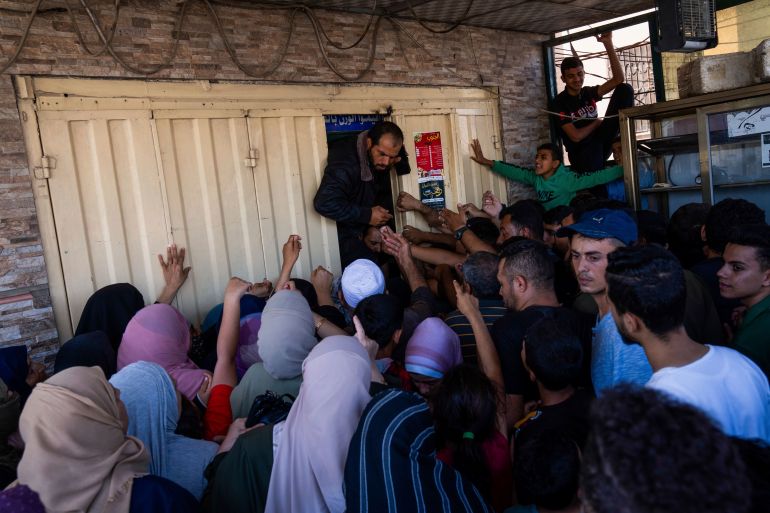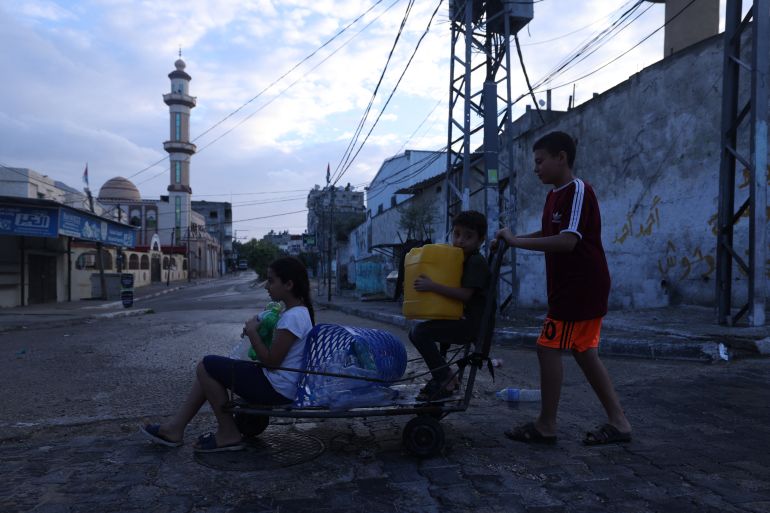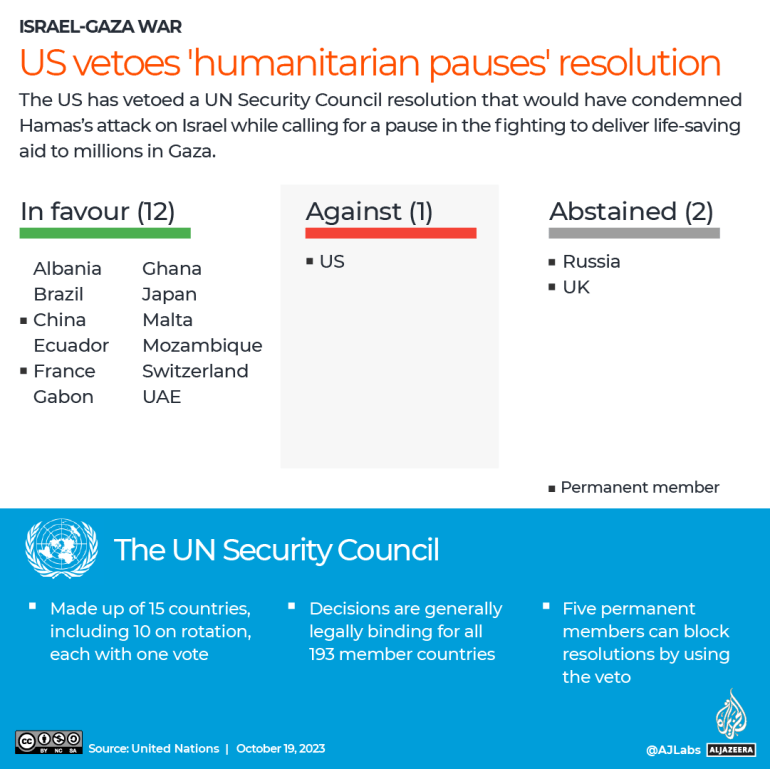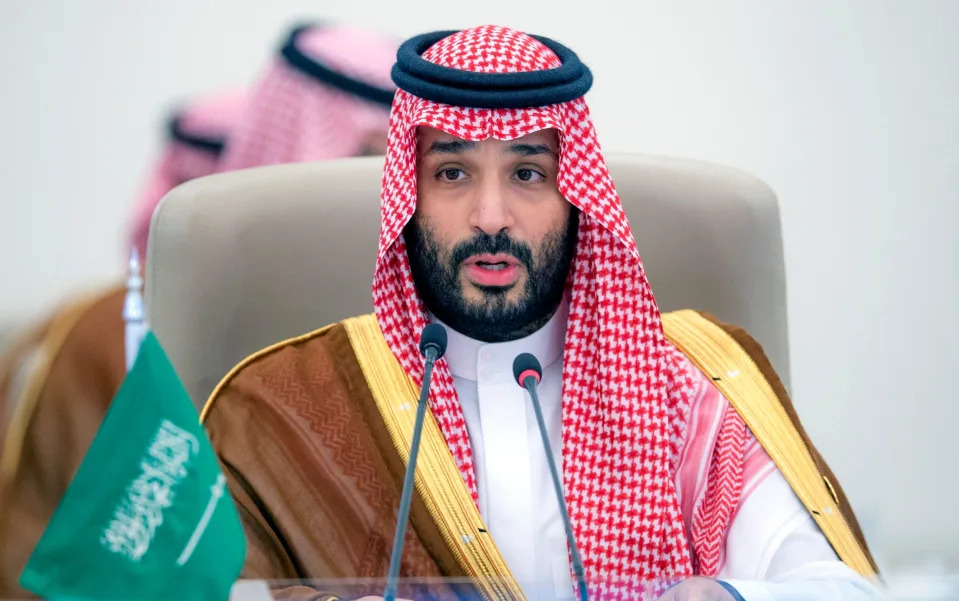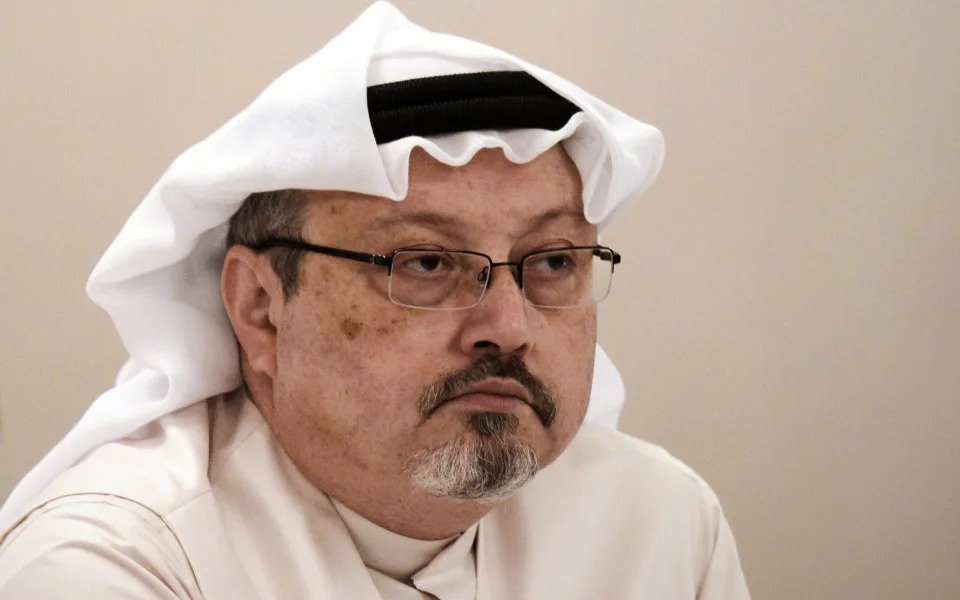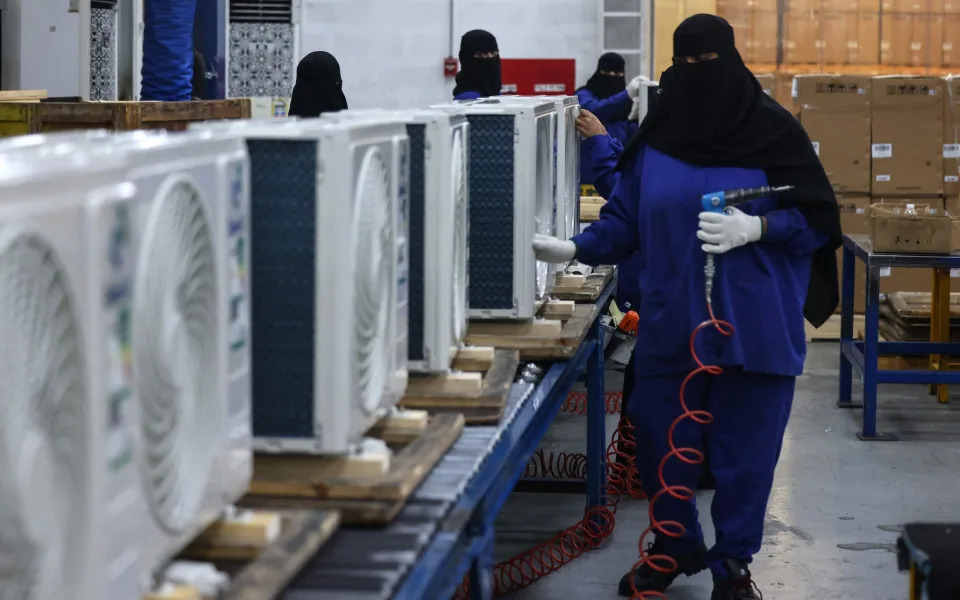$800,000 wire transfer from billionaire donor to US Chamber of Commerce raises curtain on dark money
The U.S. Chamber of Commerce received an $800,000 wire transfer from billionaire donor Hank Meijer days after it endorsed his son, then-Rep. Peter Meijer (R-Mich.), in a contentious 2022 primary, according to previously unreported internal emails reviewed by The Hill.
Within days of the transfer, the Chamber spent $381,000 on “Media Advertisement – Energy and Taxes – Mentioning Rep. Peter Meijer,” according to a report filed with the Federal Election Commission (FEC).
But because the ad — titled “Thank you, Rep. Peter Meijer” — does not explicitly advocate for his election or defeat, the pro-business lobbying giant did not have to legally disclose the donation from Hank Meijer, the co-chair and CEO of the Meijer chain of superstores. It also did not have to disclose any other potential contributions behind the $1.8 million it told the FEC it spent on “electioneering communications” that cycle.
Emails obtained by The Hill lay out the timeline of the endorsement, donation and ad buy just weeks before the Aug. 2, 2022, House GOP primary in Michigan. Campaign finance experts told The Hill that the emails pull back the curtain on a surge of “dark money” in U.S. elections, spending where the ultimate source of the money is not publicly disclosed.
“They’re exploiting a legal loophole to help them conceal the sources of election spending in this race,” said Saurav Ghosh, director of federal campaign finance reform at the nonprofit watchdog Campaign Legal Center (CLC), which filed a complaint during the 2020 cycle alleging an individual later identified as Hank Meijer tried to obscure separate donations by using a limited liability corporation (LLC) to donate to another super PAC supporting his son.
“And they’re doing it in a very sophisticated way, but ultimately the voters suffer as a result,” Ghosh added.
Nonprofits such as the Chamber are not legally required to publicly disclose their donors. The Supreme Court recently ruled nonprofit disclosure requirements violated donors’ First Amendment rights and risk deterring donors who don’t want their names to be public.
Under federal campaign finance law, however, it is illegal for a campaign and spender to coordinate on so-called “independent expenditures” — election communications such as an ad. But the involvement of a candidate’s family member is not de facto coordination, campaign finance experts told The Hill, and so long as the group does not coordinate with the candidate, campaign or its agents on an endorsement, or spending touting that endorsement, they would legally be in the clear.
Both the Chamber and John Truscott, a Meijer family spokesman, insisted the donation complied with all applicable laws. But neither the Chamber nor Truscott answered specific questions about the timing of or discussion around the donation, the terms of the contribution and how that money was used.
“The personal contribution made two years ago to the U.S. Chamber of Commerce Voter Education Fund was in full accordance with all laws and regulations,” Truscott told The Hill.
A Chamber spokesperson told The Hill that the organization “operates consistent with all applicable campaign finance laws, including restrictions related to coordinated activities and requirements around donor disclosure” and “timely reported this advertisement to the FEC, providing all information required by law.”
But the timing of the donation so soon after the endorsement “raises some serious questions” about the arrangement between the Chamber and Hank Meijer, said Anna Massoglia, a dark money expert and the editorial and investigations manager at the nonpartisan money-in-politics tracking nonprofit OpenSecrets.
“It is not unheard of for the parents of candidates to fund super PACs or other outside groups that spend in support of their children, and it is perfectly legal so long as disclosure and coordination rules are followed,” Massoglia said.
“The biggest question … would be what agreements, if any, are in place behind the scenes with this. Is this explicitly giving money for an endorsement or their support? Or was this a big coincidence that the timing was so close?”
Ghosh, Massoglia and other campaign finance experts argue the status quo of dark money disclosure hurts everyday citizens who are unable to see the people behind the massive campaigns or see evidence about their motives.
“That’s the essential problem with political activity by these entities: They’re a black box,” Ghosh said.
While unprecedented sums of dark money poured into the 2022 election, the 2024 election is on track to set a new record.
More than $210 million in dark money contributions have already been funneled into political groups during the 2024 election cycle, according to Massoglia. That’s up from $170 million at the same point during the 2022 election cycle and more than double the amount tracked at this point in the 2020 election cycle.
“It’s important for voters to be able to have information about who’s funding groups that are spending to influence their vote or influence their opinions generally, so that they can better evaluate the information they’re consuming from those groups,” Massoglia told The Hill.
Voters “may trust the Chamber because of its reputation as a pro-business group, as a trade association, and not realize who all is actually behind [an ad],” she added.
How the Chamber came to back Meijer
Peter Meijer was in a tough spot.
One of 10 House Republicans who had voted to impeach former President Trump for “incitement of insurrection” on Jan. 6, 2021, he faced a Trump-endorsed challenger in the GOP primary in early August 2022.
Against the backdrop of this heated primary, the Chamber endorsed Meijer on July 11, a Monday.
The Meijer company is a member of the Chamber, and Hank Meijer is a member through his business, Truscott, the Meijer family spokesperson, told The Hill. The company is also a member of the Michigan Chamber of Commerce, Grand Rapids Chamber of Commerce, Lansing Regional Chamber of Commerce, Muskegon Lakeshore Chamber of Commerce and the Indiana Chamber of Commerce.
On the morning of Friday, July 15, John Van Fossen, vice president of government relations for the Meijer company, sent an email to Neil Bradley, the U.S. Chamber’s chief policy officer.
“Everything is being processed,” Van Fossen said.
That afternoon, a Chamber staffer sent Bradley an email that said, “Hank Meijer’s office called me an hour ago — they are wiring in $800k Monday. This will be for VE — correct?” referencing the Voter Education Fund.
“Correct.” Bradley responded.
Late Monday, July 18, in an email with the subject line “Contribution Form – H.G. Meyer/Meijer,” Nancy Duchaine, an associate at Greenville Partners — an organization that supports the Meijer family’s financial and philanthropic endeavors — emailed the Chamber to say, “Our approver was held up in meetings today so you will see this come through tomorrow.”
“Attached is the contribution form to accompany the $800,000 donation wired out earlier today,” Duchaine had sent in an email earlier that evening.
The following morning, a Chamber staffer sent Bradley an email with the messages that said, “800k confirmed in writing below.”
“thx,” Bradley responded.
A few days later, on Thursday, July 21, the Chamber started running an ad on energy and tax issues that mentions Peter Meijer.
Bradley, Van Fossen, Duchaine and Peter Meijer did not respond to requests for comment.
The Chamber’s ad
The ad praises Peter Meijer but stops short of using the eight specific words and phrases established in the Supreme Court’s 1976 decision in Buckley v. Valeo that would require the Chamber to report the ad as an independent expenditure, and thus disclose the source of the funds: “vote for,” “vote against,” “elect,” “defeat,” “support,” “reject,” “cast your ballot for” or “Smith for Congress.”
“Fourth-generation west Michigander, steadfast conservative leader. In Congress, Peter Meijer always puts west Michigan first,” the ad’s narrator says.
“That’s why he’s fighting against the liberal policies that are failing our nation, fighting for increased domestic energy production to lower gas prices and fighting to stop Biden’s reckless tax increases on our families. Call Peter Meijer. Ask him to keep up the fight for west Michigan,” the ad continues.
This was the only ad buy the Chamber reported making between April and October of 2022, although its YouTube page includes ads that summer thanking then-Rep. Rodney Davis (R-Ill.) for his work on energy and taxes posted two weeks before he lost his primary to a Trump-backed incumbent, and praising Sen. Joe Manchin (I-W.Va.), who was serving as a Democrat at the time and was not up for reelection that cycle.
“The U.S. Chamber is in a constant state of raising money, endorsing candidates, and engaging in issue advocacy to advance our priorities and the efforts of elected officials who champion them,” the Chamber spokesperson told The Hill.
Linguistic limbo is a common practice for dark money groups to circumvent disclosure requirements. Groups can run issue ads that praise or attack candidates without disclosing their donors, so long as they don’t invoke the “magic words.”
Dark money groups and politically-involved nonprofits are also increasingly donating to super PACs or spending money on issues ads that don’t have to be disclosed to the FEC, Massoglia said, which makes it more difficult to track the ultimate source of dark funds flowing into elections.
Meijer would go on to lose the GOP primary three weeks after the Chamber endorsed him. While he ran for the Michigan Senate GOP nomination this election cycle, he dropped out in April.
Only two House Republicans who voted to impeach Trump for his actions on Jan. 6 remain in Congress.
Chamber falls under specific disclosure rules
As a 501(c)(6) tax-exempt nonprofit, the Chamber is not legally obligated to disclose its list of members or the source of any donations or dues it receives, although it does have to file an annual report to the IRS with top-line totals.
The Chamber takes in and spends a lot of money each year: It reported nearly $210 million in revenue in 2022 on its most recent Form 990, and OpenSecrets found the group spent more than $81 million on federal lobbying that year.
The Chamber also weighs into elections, although critics say its political operation is less potent than it was before the 2020 election cycle, when it endorsed 23 first-term Democrats for reelection, enraging and alienating many of its traditional allies in the Republican Party.
The Chamber also endorsed Meijer in October 2020 but did not report any “electioneering communications” mentioning Meijer after that endorsement or post any ads mentioning Meijer on its YouTube page.
Ghosh described the emails as one of “the rare instances where you do see what’s happening on the inside and how a group is making the buys it’s making.”
“There’s always the machinery behind it. But because of the lack of transparency around these groups, you never get to see that machinery,” Ghosh added.
Hank Meijer previously accused of obscuring donations
Hank Meijer has previously been accused of obscuring donations to a political group supporting his son.
In October 2020, just a few weeks before the 2020 general election, CLC filed a complaint against Montcalm LLC, which contributed $150,000 to the Congressional Leadership Fund, a super PAC aligned with Republican congressional leadership, less than two weeks after incorporating.
The campaign finance watchdog alleged the ultimate source of the funds, which was later revealed to be Hank Meijer, funneled them through a “straw donor” to obscure their involvement.
Montcalm LLC donated another $100,000 to the super PAC on the day the complaint was filed.
After CLC filed the complaint, Truscott told MLive that Meijer had made the donation “with the full expectation that his name would be made public.”
The Congressional Leadership Fund ultimately attributed both contributions from Montcalm LLC to Hank Meijer on reports filed to the FEC. The super PAC spent nearly $1.2 million that cycle against Peter Meijer’s Democratic opponent, according to OpenSecrets.
The FEC dismissed CLC’s complaint last month after concluding “[Hank] Meijer was the true source of the contribution purportedly made in Montcalm’s name, and Meijer should have been disclosed as the true contributor at the time of making the contribution.”
Ghosh called the FEC’s decision to dismiss the complaint “inexplicable given their finding.”
“It sets terrible incentives for others to do the same to avoid disclosure,” said Ghosh.
Fight over disclosure rules
Both Democratic and Republican groups benefit from dark money contributions and spending, including House and Senate party leadership-aligned super PACs that rake in tens of millions of dollars from undisclosed sources each cycle.
Sen. Sheldon Whitehouse (D-R.I.), a leading advocate for the disclosure of dark money pouring into elections, told The Hill that the identity of billionaires spending to influence elections is “information voters deserve to know, especially when that billionaire is a candidate’s own father.”
“The U.S. Chamber of Commerce is doing the dirty work of billionaires and Big Oil via a massive litigation, lobbying, and electoral spending operation intended to influence the federal government. The Chamber regularly dumps dark money into American elections to sink candidates who support fighting climate change and growing the middle class,” Whitehouse told The Hill.
“Senator Whitehouse has a long history of only objecting to spending when he doesn’t agree with the message or source,” a Chamber spokesperson told The Hill.
Whitehouse has consistently reintroduced the DISCLOSE Act, which, among other provisions, would compel dark money groups that donate to super PACs or spend on communications that refer to a federal candidate to disclose contributions topping $10,000. The Senate version of the bill has 51 Democratic and independent co-sponsors, and the House version has 156 Democratic co-sponsors.
But as recently as 2021, the Supreme Court has ruled disclosure requirements infringe upon nonprofit donors’ First Amendment right to free speech.
In July 2021, the Supreme Court ruled that a nonprofit donor disclosure requirement in California was unconstitutional. Chief Justice John Roberts said in the majority opinion that it would have a chilling effect on donors who may be deterred if their names were made public.
“California’s disclosure requirement imposes a widespread burden on donors’ associational rights, and this burden cannot be justified on the ground that the regime is narrowly tailored to investigating charitable wrongdoing, or that the State’s interest in administrative convenience is sufficiently important,” Roberts wrote.
Taylor Giorno was the money-in-politics reporter at OpenSecrets before joining The Hill as the business and lobbying reporter.

